To give the exact definition of what is cyclotourism is something complicated, because its practice depends on the personal objectives of each one and what you are looking for. In general terms, cyclotourism is the practice of cycling in a non-competitive way for leisure and recreational reasons.. With this post we want to bring you closer a form of active tourism that is becoming more and more popular nowadays, the cycle tourism, which also fits perfectly if you want to do the Camino de Santiago on two wheels.
What does cycle touring consist of?
According to a report commissioned by the European Parliament in 2012 on the Eurovelo, Europe’s network of cycle paths. Cycle tourism involves recreational visits, either for more than one day or just one day away from home, with leisure cycling as a fundamental or important part of the visit. Sometimes it is intermodal, as other means of transport are used to reach the start of the stage or return from the end of the stage. It is, therefore, a form of travel that requires physical effort, so that is included in the concept of active tourism..
The essence of cyclotourism goes far beyond the bike tour, because it is a relationship between man and machine in which there must be collaboration and trust. it is a relationship between the human being and the machine in which there must be collaboration and trust.An experience that offers the freedom to choose, to let go, to connect and disconnect at the same time. You can travel alone or in a group, and in fact more and more families and friends are travelling in this way, so it is also ideal to enjoy with your family.
This experience starts from the moment you decide to plan your trip. You will have to decide the place, consider the route you will take, study the terrain and the daily mileage, decide whether to eat en route or take your food in picnic format, what stops you want to make to rest or to learn more about the places you pass through and, of course, where to spend the night. All this, without forgetting your previous physical preparation.
Different types of cycle touring
If we delve a little deeper into the great universe of cycle touring, we can identify three modalities: cycling holidays, cycling holidays and cycle touring. They look the same, but they have differences. Shall we discover them?
- Cycling holidays: cycling is the main holiday activity, with at least one night or more spent away from home. It would thus be the modality that is closest to the concept of Cyclotourism. Some studies, such as Inddigo Altermodal (2010), call it itinerant or pannier cycling, with different accommodations each day.
- Cycling on holidays: in this case, cycling is part of the holiday, but not exclusively the only activity. These are journeys made by bicycle from the place of accommodation or from another point, as an important part of the holiday.
- Hiking by bicycle: this is to travel by bicycle from your own home, with a minimum duration of three hours. The term hiking is used rather than tourism, as there is no overnight stay away from home.
Cycle tourism on the Camino de Santiago
If we join the Camino de Santiago and the bicycle, we would be talking a priori of the first type of cycle tourism, that is to say, cycling holidays. Therefore, we leave with our bicycle from a locality to cover a distance and to arrive to another one, thus carrying out a stage of a Jacobean route. As you know, you are free to decide which route to take, how many stages and days, in which accommodation to stay overnight and, related to this, something that is very important, how to carry your luggage. In this sense, you can choose different options.
- Self-sufficient cycle touring : you’re like a snail, with your house on your back. It consists of carry with you everything you need in your saddlebags to stock up and sleep.. This is quite an adventure, as in addition to planning the route, you will have to look for the ideal place to camp. An experience for the more adventurous!
- Bikepacking: this modality consists of carrying with you everything you need for the routecompressed in frame, front and saddle bags. It is designed to carry all the essentials without the need for panniers, so there are no items that protrude from the side of the bike. It is perfect for routes on narrow trails.
- Light or assisted cycle touring: is the option in which we contract a luggage and accommodation transport service with a travel agency, for example, ourselves. Currently, this is a modality widely practiced in Europe and the one that best fits the Camino de Santiago: very comfortable for cycling trips lasting a few days!
Essential Tips for Cycle Touring
Of course, first of all we have to talk about the bicycle. It could be used any type of bicyclebut it is advisable that it is sturdy, comfortable and that it is sturdy, comfortable and that its components and spare parts are easy to find wherever you are planning to go.
On the other hand, the following elements are essential:
- Table: the basic structure of the bike is essential. It can be made of various materials, such as chrome-molybdenum or high alloy aluminium. Depending on the weight we are going to carry, it should be more or less resistant.
- Wheels: apart from the movement needed to travel, they will need to be sturdy enough to carry the weight of the panniers.
- Saddlebags: essential to carry our personal belongings. Ideally, they should be waterproof, robust and light at the same time, and offer enough space for everything we want to carry.
- Group: a good gear system will be necessary to facilitate pedalling on climbs, and thus minimise physical effort.
- Handlebars: better known as handlebars, the most common in cycle touring is the butterfly type, although others can be used, such as road handlebars, MTB double height handlebars, etc.
- Pedals: any type of pedal is valid for cycle touring, but if cleat pedals or clipless pedals are used, they must allow the use of cycling shoes that allow walking.
- Luggage racks: both rear and front, there are of various materials, although it is advisable that they are steel and robust.
We could cite more elements, but that depends on your needs. Of course, don’t forget to bring a helmet, light and comfortable clothing, front and rear lights, reflective vest and spare parts for possible breakdowns. Very important if you do the Camino de Santiago is, in addition, don’t forget a bell to warn the pilgrims that you are going to that you are going to overtake them.
You and me doing the Camino de Santiago. I don’t know, think about it…
That’s how direct your bike is, it wants to go. If you like the active tourism in the form of cycling tourisma quiet option but intense in emotions, the Camino de Santiago by bicycle is a perfect choice for your holidays. You can do as many kilometers as you want, but remember, if you also want to get your Compostela, you will have to walk at least the last 200 kilometers of the route. of one of the official routes, and we recommend you to do the French Way from Ponferrada. We have more options, as many as you want, put on your helmet and pedal, we’ll take care of the rest.

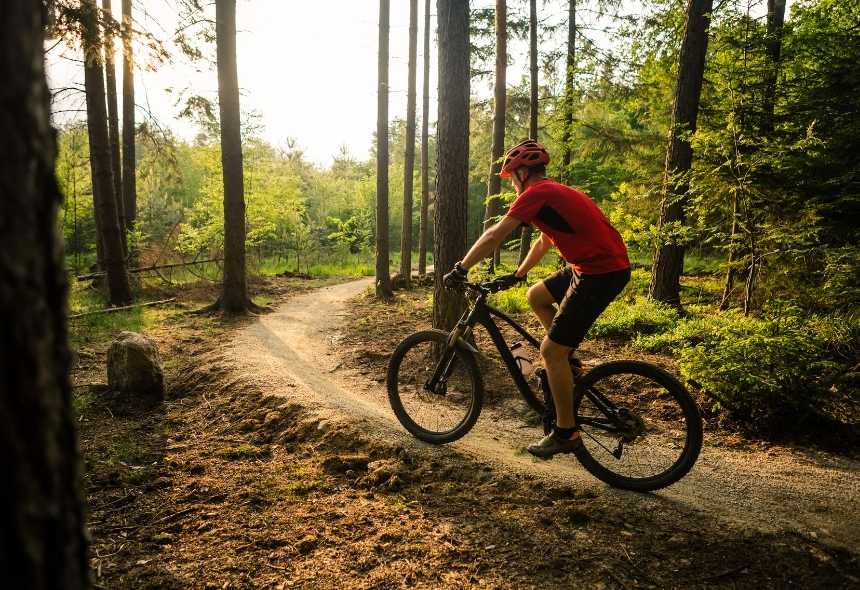
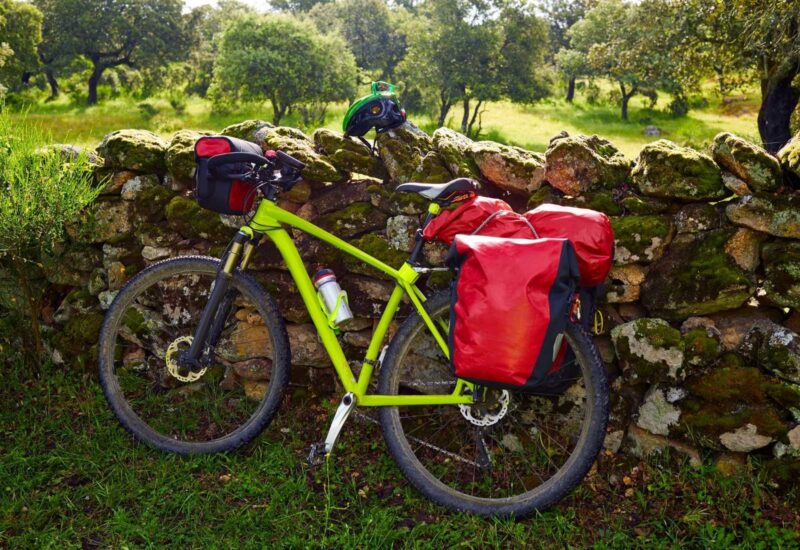
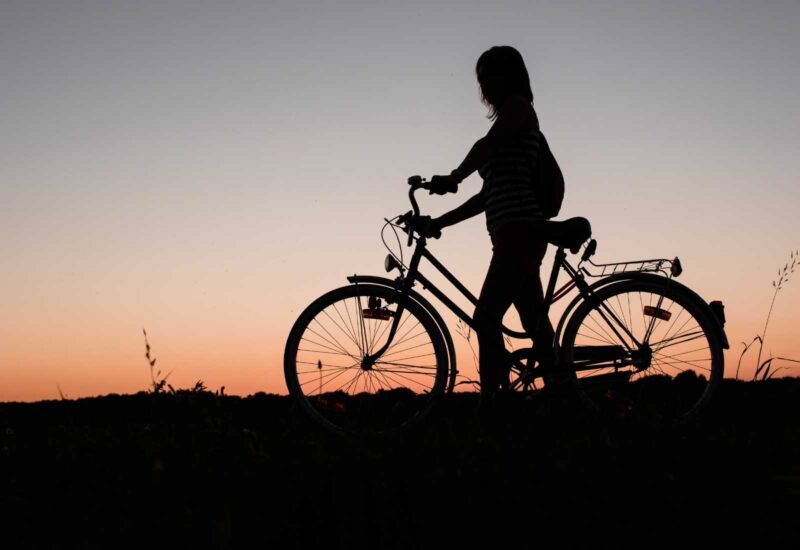
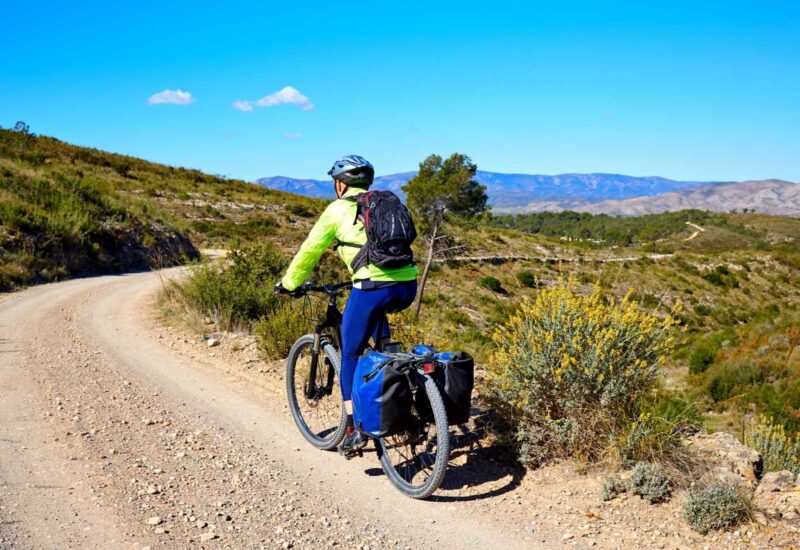
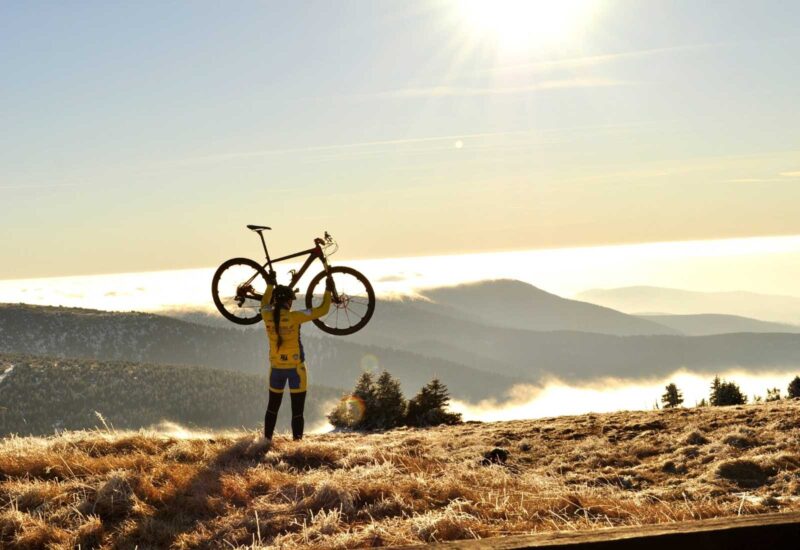










Leave A Comment